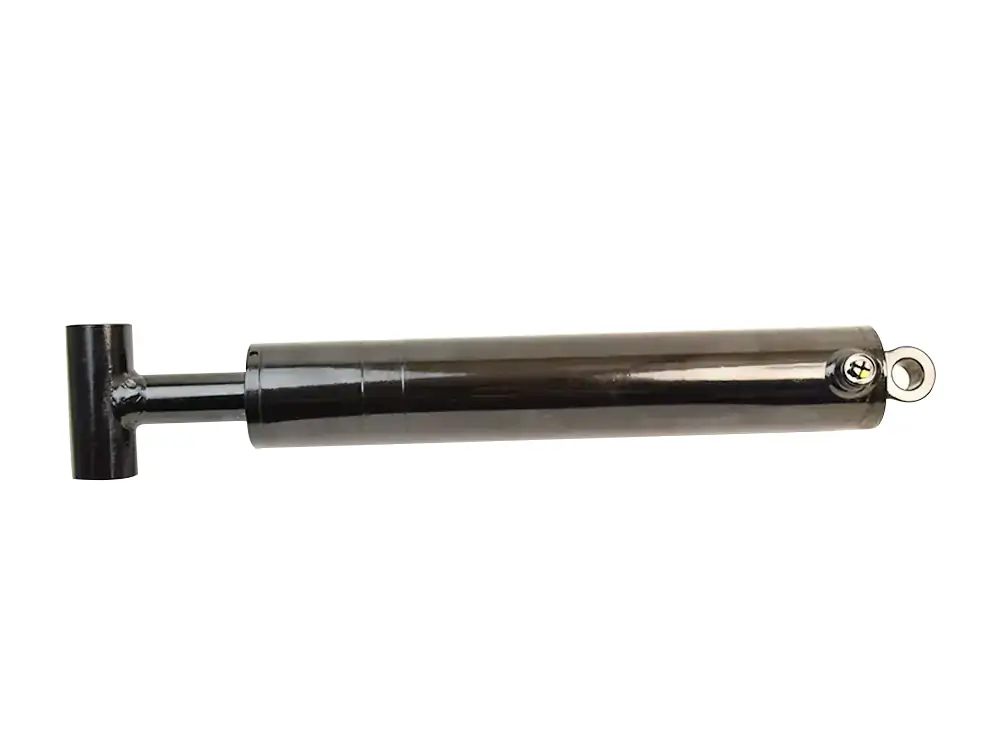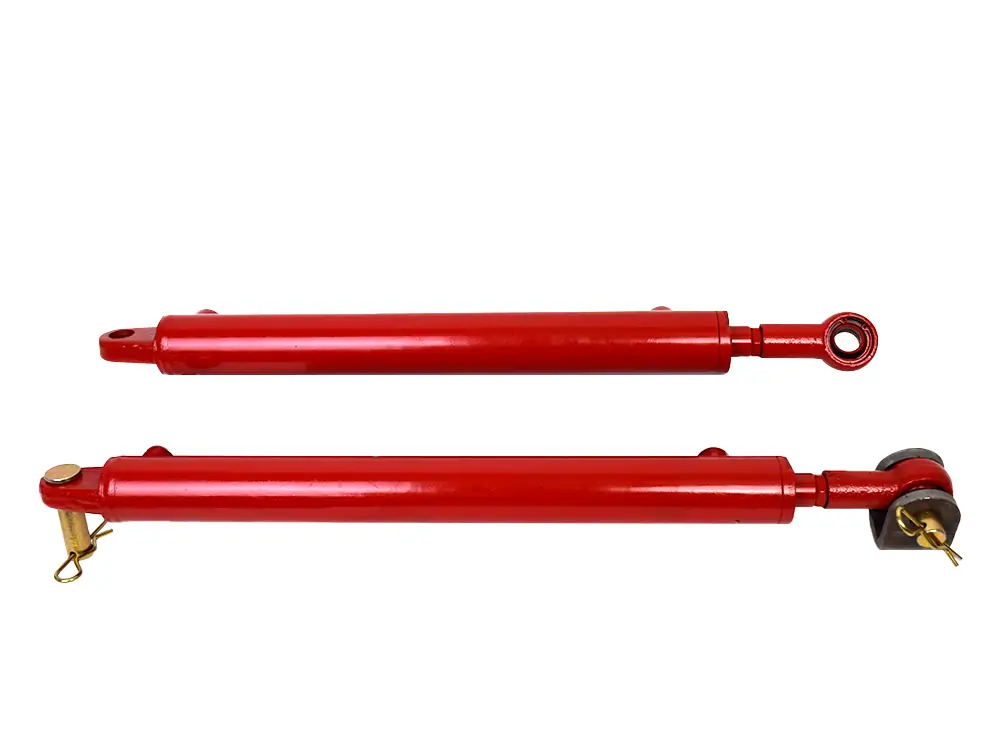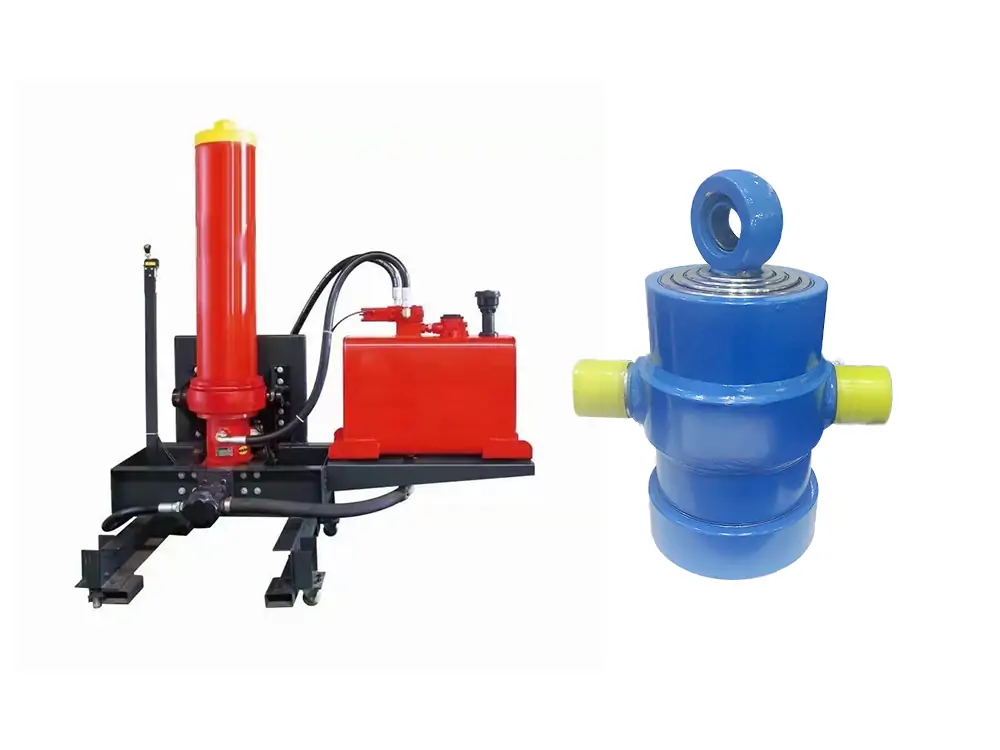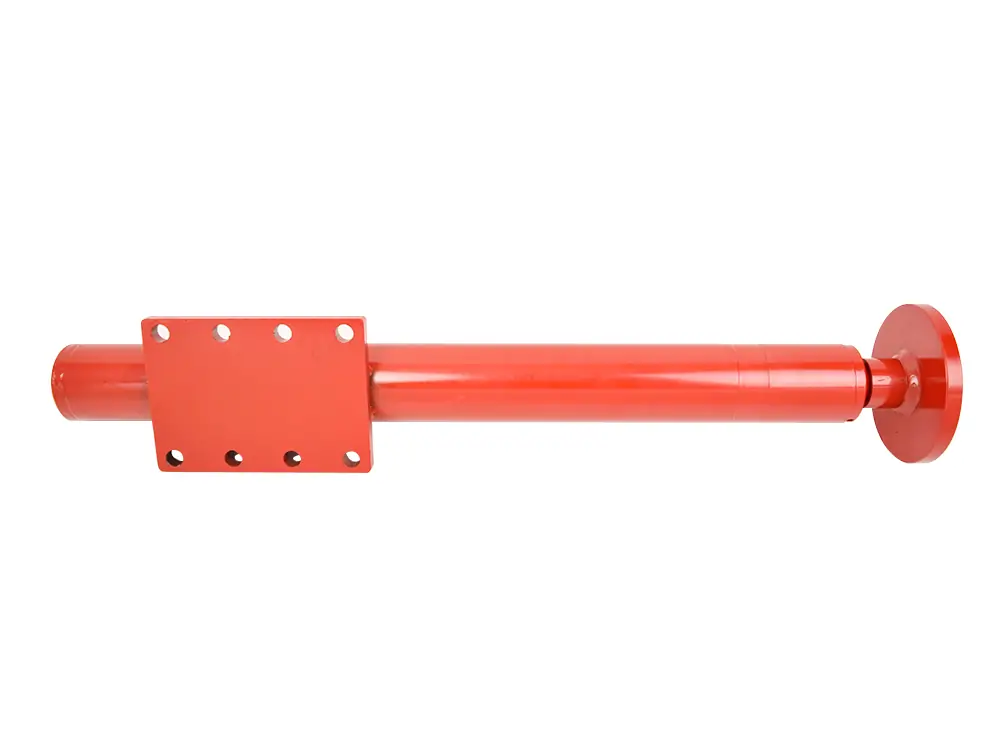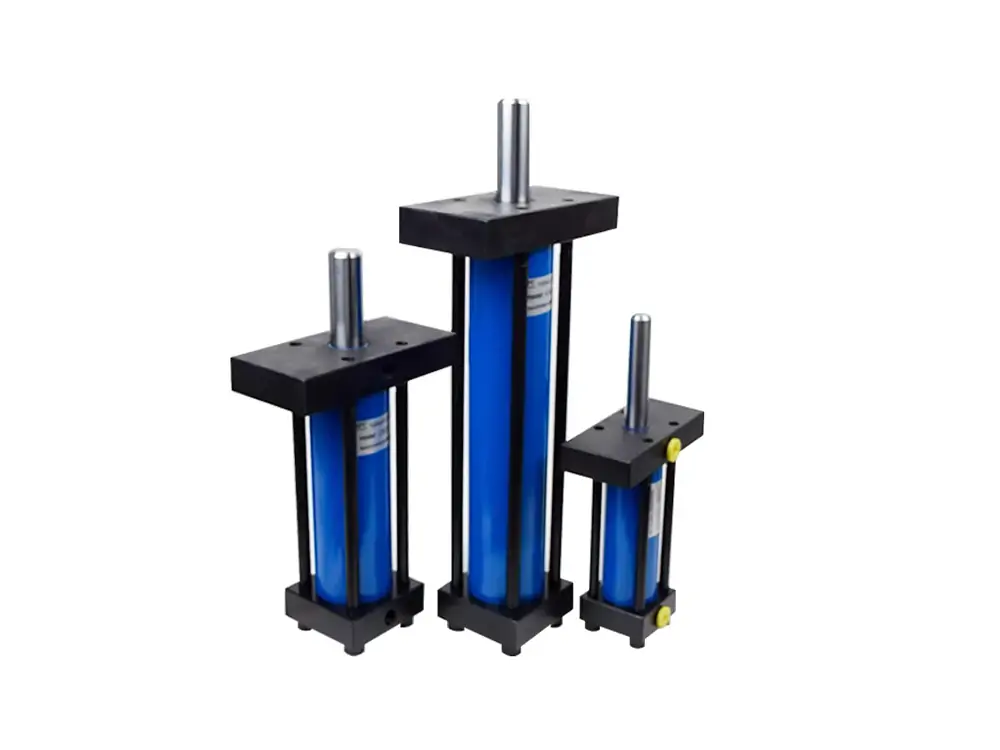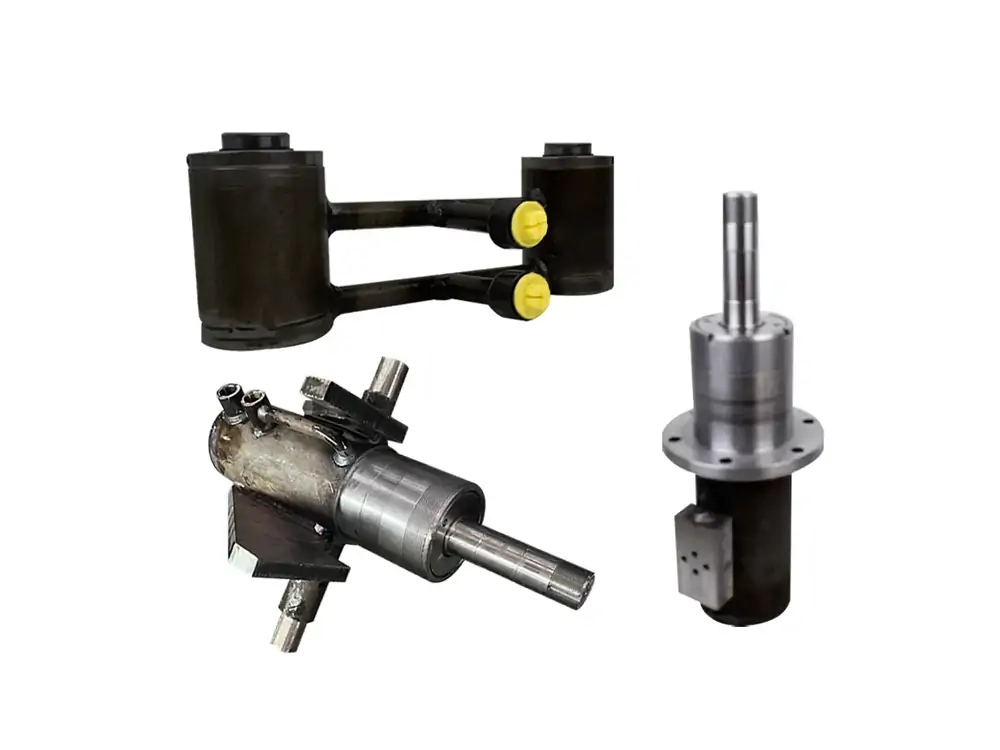If you are wondering about the game-changer in the manufacturing industry, it is none other than the hydraulic cylinders. Their high performance and hectic task handling are matchless. Linear force generation can manage almost all types of heavy-duty tasks. From mining to pressing, all the hassles bow down to the hydraulic cylinders.
Such good words and high performances. But what makes it possible? What exactly are the constituents of the hydraulic cylinders that make this all happen?
Today, we will shower light on the composition of hydraulic cylinders and learn how they can support the overall functioning of the hydraulic cylinders.
Hydraulic Cylinder parts and their composition
Hydraulic cylinders have become a necessary tool for various applications. It comprises multiple components that synchronize and bring the optimal results. Let’s discuss the hydraulic cylinder parts and their composition.
Cylinder Barrel (Tube)
The cylinder barrel is the fundamental unit for the hydraulic cylinder functionality. It provides the perfect shelter to the piston and helps locate and manage the flow of the hydraulic fluid.
The cylinder barrel comprises:
- Hardened steel
- Carbon steel
An inner chrome-plated surface of the barrel provides its structural integrity.
Zylinderkopf

Every cylinder barrel has a head end that closes it from the one end. The cylinder head stands up as the primary structural support for the hydraulic cylinders. It comes with seals and other leakage prevention systems added to it.
The cylinder head can comprise materials like:
- High-strength steel
- Cast iron
To correct the corrosion, you can find corrosion-resistant materials on the inside.
Kolbenstange
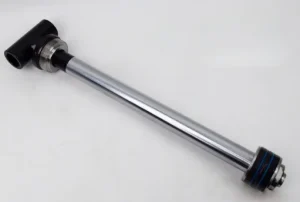
The piston rod pushes the fluid through the barrel to create the mechanical force. The piston changes the whole pressure game and needs accuracy in the functioning.
- High-carbon steel
- Stainless steel
There is an inner chrome-plated surface. It features corrosion resistance or sometimes presents reduced wear and tear.
Kolben
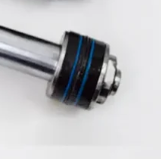
The piston is a separation that creates pressure. The pressure on the piston can move the rod and lead to the push of the fluid. It establishes the mechanical force and results in the high power generation activities.
The piston can comprise:
- Hardened steel
- Cast iron
- Aluminum alloy
These materials elevate the strength of the piston and provide them with excellent stability. You get an endless performance and an empowered system to deal with all the applications alone.
Seal and O-rings
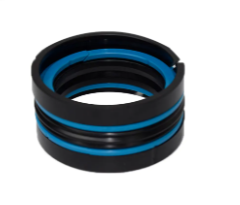
What if your fluid leaves the cylinder barrel? That is usual when the construction is not ideal, plus the seals are missing. Seals and O-rings are the lockers of the hydraulic cylinders and prevent hydraulic fluid leaks outside the barrel.
They can comprise:
- Polyurethan
- Nitrile rubber
- PTFE (Teflon)
Their unique construction is due to their compatibility with hydraulic fluid and better support.
Sockel des Zylinders
The hydraulic cylinders have two ends. One end is closed by the head and provides efficient closure. The opposite side of the head features a cylindrical base.
Hydraulic base comprises:
- Cast iron
- Steel
You can try the alloys based on your requirements and modify the constructions. However, these materials offer a high strength that creates a barrier for fluids.
Mounting accessories
Have you seen the mounting accessories? These are the straightforward tools that help install the hydraulic cylinders in various machinery and equipment.
There are different types of mounting accessories that are composed of:
- Clevis Mounts comprise steel.
- Trunnion Mounts have hardened steel.
- Flanges come with cast or forged steel construction.
Cushioning parts
Whenever the hydraulic cylinder is used, it invites shocks and vibrations. Dampening of that motion is necessary for the stable and safe functionality of the hydraulic cylinders. It is possible with the cushioning parts that are manufactured with:
- Steel
- Brass
Ports and connectors
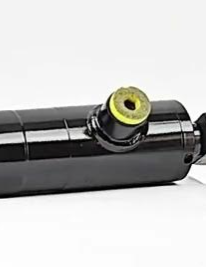
Ports and connectors offer dual functionality. They can control the flow of the hydraulic fluid. Moreover, they also block the hydraulic fluid flow to get promising results.
The manufacturing metals are qualitative and come from:
- Brass
- Stainless steel
- Hardened steel
Guide bushings
Guide bushings are the ideal materials for the guided control of the piston. They often come with the composition of soft materials and help reduce hydraulic friction.
Here is what they can compose.
- Bronze
- PTFE
- Self-lubricating materials
| Part Name | Composition | Key Features | Function |
| Cylinder Barrel | Seamless steel or high-grade carbon steel | Strong, resistant to deformation, corrosion-resistant interior (optional chrome plating) | Houses the piston, provides structural framework |
| Zylinderkopf | High-strength steel or cast iron | Seals and bearings for smooth piston rod support, corrosion-resistant coating | Seals one end of the barrel, supports piston rod, prevents leakage |
| Piston Rod | High-carbon steel or stainless steel (chrome-plated) | Polished, corrosion-resistant, wear-resistant | Transfers hydraulic force, extends and retracts to provide motion |
| Kolben | Hardened steel, cast iron, or aluminum alloy | Seals for fluid separation and efficient force transfer | Separates pressure chambers, creates differential pressure |
| Seals and O-rings | Polyurethane, nitrile rubber, or PTFE (Teflon) | Leak prevention, durable in hydraulic environments | Prevents fluid leakage, maintains pressure |
| Sockel des Zylinders | Cast iron or steel | Supports mounting, corrosion-resistant | Closes the other end of the cylinder, provides mounting points |
| Mounting Accessories | Steel (clevis, trunnion, flange options) | Enables various mounting configurations | Facilitates installation in different orientations |
| Cushioning Mechanism | Steel or brass, with shock-absorbing materials | Damps motion to prevent damage | Dampens end-of-stroke motion, prevents damage from sudden stops |
| Ports and Connectors | Brass, stainless steel, or hardened steel | Withstands high pressure and vibration | Allows hydraulic fluid to enter and exit the cylinder |
| Guide Bushings | Bronze or PTFE | Provides support and reduces friction for piston rod alignment | Supports and aligns the piston rod, reduces friction |
Schlussfolgerung
It is crucial to understand hydraulic cylinder construction because of its longevity, operations, and safety. For all these factors, you have to consider the top-notch manufacturers. Do you have the best manufacturers for you?
If not, don’t worry at all. QuanYe Hydraulic Cylinder manufacturers are the primary choices for consumers. 20+ years of expertise in this field ensures promising designs with better feasibility of the hydraulic cylinders. Talk to the experts regarding your quality designs and get warranties for your hydraulic cylinders.

